About us
R&D Projects
Unifly’s participation in Research and Development (R&D) projects is driven by a commitment to innovation, collaboration, advancement of Unmanned Aircraft Systems (UAS) Traffic Management (UTM) technology and leadership in the UTM space.
By embracing research, Unifly can address emerging challenges, foster collaboration, support regulatory compliance, and drive industry growth, ultimately shaping the future of unmanned aviation.
Burdi
The BURDI project pioneers the implementation of the U-space framework in Belgium to safely integrate drones into congested airspaces, focusing on both VLOS and BVLOS operations within urban air mobility contexts. This initiative, embracing all relevant stakeholders, strives for seamless integration of drone operations with manned aviation across controlled and uncontrolled airspaces by offering comprehensive U-space services and operational interfaces with air traffic control. Aimed at establishing a clear regulatory framework beyond the 2019 EU regulations, BURDI seeks to enhance safety, privacy, and environmental protection for drone services. By engaging with stakeholders like geozones managers and EUROCONTROL, and starting with high-interest Early Adopter Areas, BURDI sets a precedent for national-level U-space framework implementation, fostering international harmonization and setting the stage for scalable drone integration in dense airspace.
CERTIFLIGHT
The CERTIFLIGHT project introduces a groundbreaking U-space service, leveraging the EGNSS-IoT digital system to provide legal certification of flight tracks for UASs and General Aviation (GA) aircraft. This initiative addresses the absence of a certified component for reliable positioning with legal evidential value, crucial under the EU’s 2021/664 U-space regulations. CERTIFLIGHT enables the generation of certified flight track reports and logs, vital for safety, commercial applications, and smart contract activation based on fulfilled conditions, such as specific drone delivery routes. Utilizing an OSNMA Galileo/EGNOS enabled receiver, the system ensures authenticated position data, protected against tampering or spoofing, with all tracking information encrypted and securely stored on a private Blockchain, offering an unalterable record for enforcement and investigation purposes. This service, powered by Galileo’s OSNMA, marks a significant advancement in ensuring the authenticity and integrity of positioning data for UASs and GA aircraft.
CONDUCT
The CONDUCT project aims to revolutionize drone airspace management by developing Skypuzzler-UTDT, an innovative software solution for automated tactical drone deconfliction. This initiative responds to the European Commission’s U-space regulations for safe drone operation in increasingly crowded skies, addressing the current limitations of Unmanned Traffic Management (UTM) systems that lack real-time, automated deconfliction capabilities. By enabling drones to automatically adjust flight paths and resolve conflicts on the fly, CONDUCT not only enhances safety and operational efficiency but also supports the drone industry’s growth and environmental sustainability goals. The integration of Skypuzzler-UTDT into advanced UTM systems will meet the urgent market demand for advanced services, ensuring drones can safely share airspace, thereby accelerating the adoption of green technologies and reducing CO2 emissions.
CORUS-XUAM
The CORUS-XUAM project, spanning 24 months, showcased the transformative potential of U-space services in enhancing Urban Air Mobility (UAM) operations, enabling eVTOLs/UAS and other airspace users to function seamlessly within integrated airspaces. This endeavour, rooted in the expertise of the consortium behind the 2019 SJU CORUS U-space Concept of Operations (ConOps), embarked on refining U-space ConOps for the UAM/UAS integration. Through six ambitious Very Large Demonstration (VLD) campaigns across Europe, the project illuminated integrated UAS/UAM and manned aircraft operations, leveraging advanced U-space services for urban to inter-city missions, including passenger transport and emergency response. These demonstrations, highlighting coordination between ATC and U-space and introducing vertiport procedures, significantly contributed to the evolution of UAM operations, underpinning the project’s commitment to safe, secure, and efficient airspace integration.
Droneport West
The deployment of a local U-space management system, an EFRO project powered by Unifly’s UTM software and SkeyDrone’s Monitor surveillance solution, marks a significant advancement in managing drone activities and monitoring aviation in coastal zones. This initiative, utilizing a SaaS-based platform at Droneport West-Vlaanderen, is spearheaded by VIVES to ensure safe, efficient drone testing and validation within designated areas. VIVES’ roles as GeoZone manager and U-space responsible, alongside operating Droneport West Flanders, are central to integrating drone operations with existing air traffic, supported by a sophisticated conflict alert system. This EFRO project exemplifies a comprehensive approach to U-space management, showcasing VIVES’ commitment to fostering innovation and safety in unmanned aviation along the Belgian coast.
ENSURE
This project aims to advance the integration of ATM and U-space systems, focusing on the development of a unified interface to enhance traffic management and safety. By establishing a standardized data model, architecture, and procedures, the project seeks to reach a minimum TRL7, ensuring seamless operations between manned and unmanned aircraft. It addresses key aspects of ATM-U-space Interface and Services, offering solutions for comprehensive system integration and operational methodologies in line with U-space regulations. This initiative is crucial for maintaining safe separations and managing airspace efficiently, marking a significant step toward harmonized airspace management.
EUGENE
The EUGENE project, spearheaded by GMV in collaboration with ESSP, VVA, and Unifly, sets out to define Europe’s GNSS services tailored for Unmanned Aircraft Systems (UASs). This initiative aims to enable medium-risk UAS operations, enhancing safety for ground personnel and crewed aircraft through precise drone navigation systems supported by European GNSS (Galileo and EGNOS). Focused on developing reliable tracking, traffic-information, and conflict-resolution services, EUGENE will outline the requirements, provision scheme, and implementation plan for UAS EGNSS services. The project also includes a cost-benefit analysis to underscore the economic advantages, aiming to revolutionize sectors like logistics, agriculture, and emergency response through advanced drone services.
EUREKA
The EUREKA project, under EUROCONTROL’s leadership, aims to pioneer Urban Air Mobility (UAM) across all airspaces, with a focus on optimizing vertiport operations. Collaborating with airport authorities and U-space/UAM innovators, the project seeks to standardize the entire process of vertiport arrivals, departures, and turnarounds by developing four SESAR Solutions at TRL7. These solutions cater to both manned and unmanned VTOL aircraft, addressing collaborative traffic management, disruption and emergency protocols, and network flow and capacity. EUREKA’s vision is to create deployable, regulation-surpassing blueprints for vertiport efficiency, setting a foundation for UAM and vertiport development across Europe and potentially worldwide, thus streamlining operational procedures, enhancing safety, and guiding future regulations and standardizations.
FAA
Unifly, collaborating with the NY Test Site and Rhea, is leading a cybersecurity initiative for the FAA to establish a robust cybersecurity framework for Unmanned Traffic Management (UTM) systems, emphasizing a “security by design” approach. This project involves refining and validating a unified cybersecurity model through real-flight testing in various scenarios, including ideal conditions, cyber-attack simulations, and countermeasure applications. Aimed at fortifying UTM systems against cyber threats, this effort will demonstrate the model’s resilience in operational settings, contributing to a safer, more secure UTM infrastructure for the FAA.
Healthdrone
The HealthDrone project, funded by Innovation Fund Denmark, revolutionized healthcare logistics over three years by developing drones for transporting patient samples, medicine, and medical equipment swiftly between hospitals, clinics, and home care settings. Aimed at drastically reducing transport times, initial tests at the UAS Test Center, HCA Airport, and subsequent trials in a corridor linking Ærø, Svendborg, and Odense showcased the drones’ capability to cut delivery times from 12 hours to under an hour for routes like Svendborg to Odense University Hospital. Envisioning future expansions, HealthDrone aimed to also facilitate the urgent transport of specialized doctors, enhancing patient care through faster diagnostics and treatment delivery.
MEDROS
The MEDROS project, with Unifly participating in the study group to provide guidance, pioneers the integration of point-to-point drone transport for the medical sector, addressing the critical need for transporting high-value and time-sensitive goods. This initiative seeks to alleviate traffic congestion and driver shortages by deploying drones, promising to revolutionize logistics with efficient, reliable solutions. Extending potentially beyond healthcare, MEDROS aims to redefine logistics, demonstrating the potential of drones in ensuring seamless supply chains. This effort represents a key TETRA project, showcasing innovative approaches to overcoming current logistical challenges while setting a new standard for delivery services.
Metropolis 2
Metropolis 2 was designed to pioneer advanced U-space U3/U4 services essential for managing high-density urban aerial operations, focusing on strategic and tactical deconfliction alongside dynamic capacity management. Moving beyond the foundational U1 and U2 services suited for low-density applications like agricultural and infrastructure monitoring, this project sought to address the complexities of urban air traffic through innovative approaches to airspace rules, flight planning, and separation management. Building on insights from previous U-space initiatives and leveraging established separation algorithms, Metropolis 2 tested various separation strategies through simulations, culminating in real-world demonstrations to validate the most effective methods. This endeavour aimed to foster a cohesive traffic management framework to support the bustling demands of urban airspace, ensuring safe, shared, and efficient U-space operations.
SAFIR-MED
The SAFIR-Med project encapsulates the ambition to integrate safe, sustainable urban air mobility harmoniously accepted by society and delivering tangible social benefits. Engaging a broad spectrum of stakeholders, from ATC to cities and technology providers, the project showcased real-life validations of unmanned UAV platforms—including passenger eVTOLs and medical drones—in urban settings alongside manned aviation. Utilizing a comprehensive array of U-Space services to maximize operational safety, demonstrations were conducted across the MAHHL transborder region, with extensive simulations in Europe enhancing the results. SAFIR-Med’s outcomes not only refine U-space architecture but also enable Smart Cities to weave UAM into their transport strategies, significantly contributing to EU healthcare accessibility and setting a precedent for safety and standardization in urban air mobility.
SECURE UTM
The ESA-backed project led by Unifly seeks to fortify the burgeoning drone economy and Urban Air Mobility (UAM) through a pioneering EU certification scheme for Unmanned Traffic Management (UTM) systems. Addressing the cyber vulnerabilities inherent in highly automated UTM systems, this initiative aligns with the EU’s rigorous safety, security, and certification standards akin to those for manned Air Traffic Management (ATM). By embedding a ‘security-by-design’ methodology and ensuring the secure integration of Position, Navigation, and Timing (PNT) data, the project endeavours to shield UTM infrastructure from cyber threats, thus safeguarding drone operations within the U-space regulatory framework and catalysing the safe expansion of drone and UAM applications across Europe.
SPATIO
The SPATIO project, aligned with the HORIZON-SESAR-2022 initiative, advances U-space by introducing innovative services for separation and capacity management. It proposes four SESAR solutions focused on dynamic and strategic conflict resolution to enhance airspace safety and efficiency beyond current regulations, incorporating fairness in deconfliction processes. By exploring both manual and autonomous tactical conflict resolution approaches, SPATIO aims to refine U-space service performance, categorizing airspaces by their specific needs. This effort seeks to complement existing SESAR solutions, offering alternative strategies for integrating manned and unmanned vehicles and ensuring seamless operation in diverse airspace environments.
TRACE
The TRACE project targets the burgeoning Very Low Level (VLL) traffic sector, focusing on drones and optionally piloted aircraft, by advancing U-space services for safer, more efficient operations. With digitalization and automation at its core, TRACE introduces a smart beacon leveraging EGNOS to enhance VLL operation safety, integrating drones into U-space’s foundational services like registration, identification, and geofencing. Emphasizing accuracy and reliability through EGNOS, the project underpins U1&U2 services, improving situational awareness and operational cost-efficiency. Validation of this innovative system was demonstrated in critical applications like agriculture and infrastructure inspection, showcasing its potential to significantly impact the drone sector in the coming years.
Ready to elevate your airspace?

